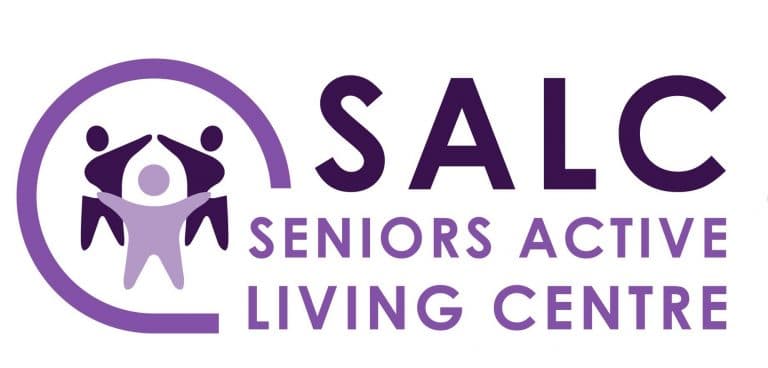A lot of business owners are asking us about “Accessibility for Ontarians with Disabilities Act” when the time comes.
So what exactly is Accessibility for Ontarians with Disabilities Act?
First of all, it is “the AODA” in short. In 2005, the “AODA” was introduced and became law on June 13 with a goal of an accessible Ontario by 2025 according to Accessibility Ontario. It now applies to all levels of the government, nonprofits, and private sector businesses in Ontario that have one or more employees (full-time, part-time, seasonal, or contract).
What legislation is the “AODA” governed by?
With the recent passage of the Accessibility for Ontarians with Disabilities Act[1] accessibility issues in Ontario are now governed by three pieces of complementary legislation: 1)the Code, 2)the AODA, and 3)the Ontario Building Code (“OBC”).
What does the “AODA” say about installing handicap automatic doors?
According to Ministry of Housing’s web post about “the AODA”, it states clearly in term of installing automatic doors:
“Requirements for power door operators to be provided at entrances to a wider range of buildings, and at entrances to barrier-free washrooms and common rooms in multi-unit residential buildings ”.
What are the Details of This Regulation?
The details of this regulation is also on “Overview of Updated Accessibility Requirements”,
It says officially:
“Ontario’s Building Code requires a barrier-free path of travel throughout most occupancies and building types. The Building Code also sets a number of requirements related to common access and circulation throughout buildings. These include requirements related to building entrances, minimum doorway and corridor widths, ramp dimensions, passing and rest spaces, and turning spaces.
New amendments update these requirements in a number of ways. Key changes include:
- Requirements for power door operators to be provided at the entrance door and entry vestibule of most buildings
- Requirements for power door operators at the door to amenity rooms – such as party rooms or movie rooms for building residents – in multi-unit residential buildings
- Updated door width, hallway passing space, and curb ramp dimensions
- New requirements for tactile walking surface indicators at the top of stairs and at platform edges, which help alert pedestrians with low vision that they are entering an area of potential hazard. ”
What Are the Penalties for Non-compliance?
The AODA give the government authority to set monetary penalties to enforce compliance with accessibility standards. The maximum penalties under the AODA include:
- A corporation/organization that is guilty can be fined up to $100,000 per day
- Directors and officers of a corporation/organization that is guilty can be fined up to $50,000 per day
- Compared to the penalties of non-compliance, the cost of installing automatic doors is not bad at all. Besides of avoiding the penalties of non-compliance, there are other benefits of having automatic doors that you might want to consider.
Helpful document: “Accessibility In Ontario” [DOWNLOAD]
OBOA (The Ontario Building Officials Association) have created a nice eBook named Accessibility In Ontario with details within that complies with the new policies.
We help your business to comply with the regulations and offer a free inspection. Contact us.
Handicap Automatic Doors Requirements from The “AODA”



























